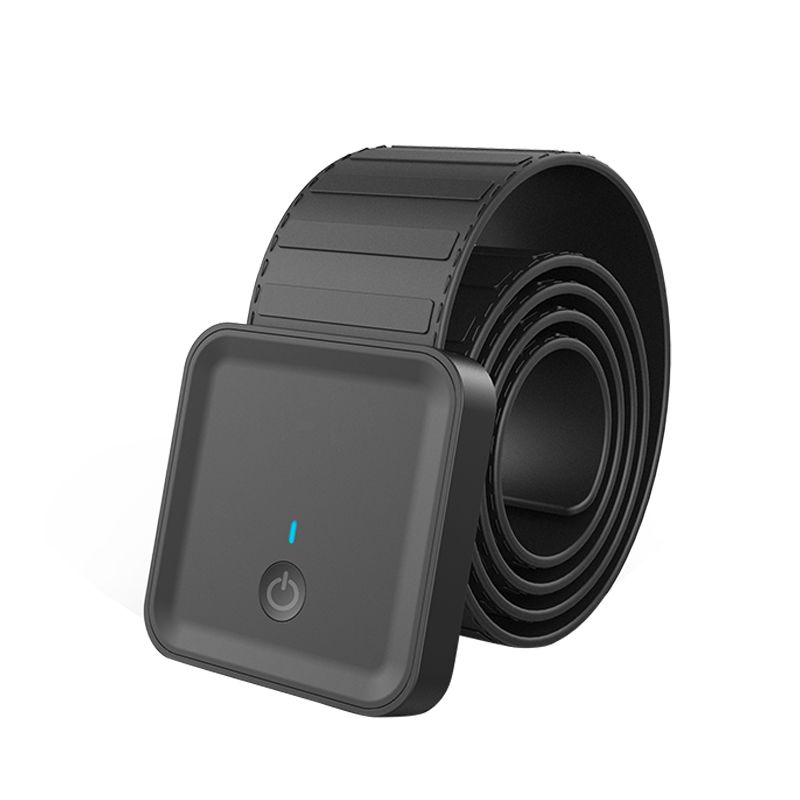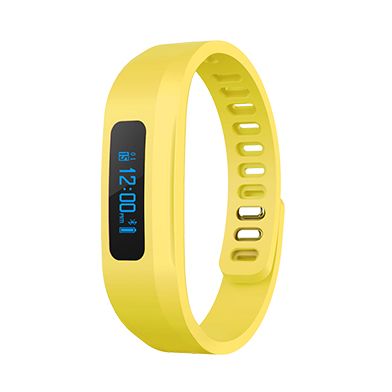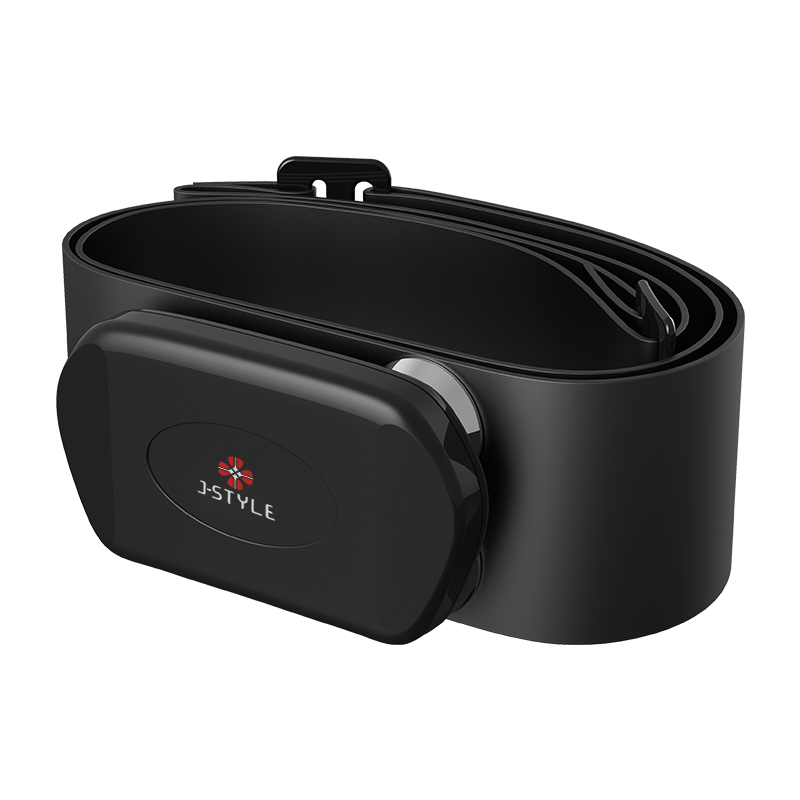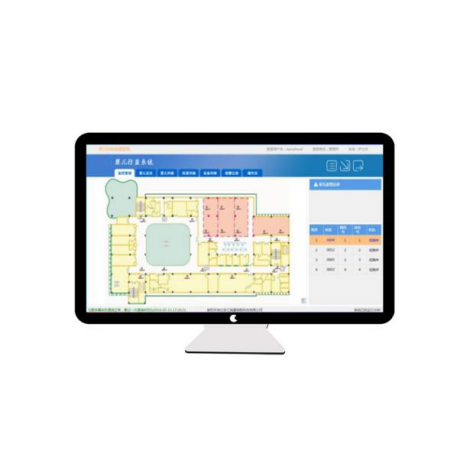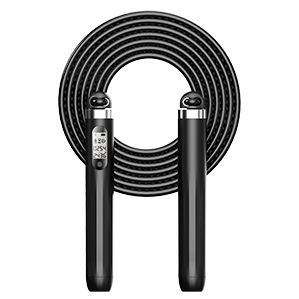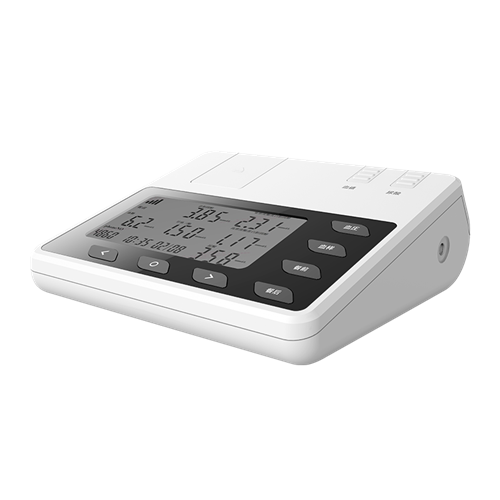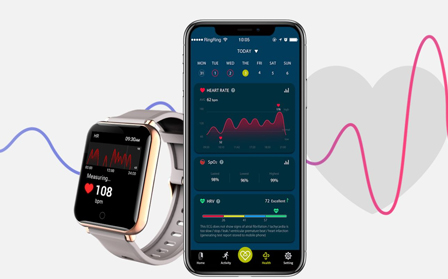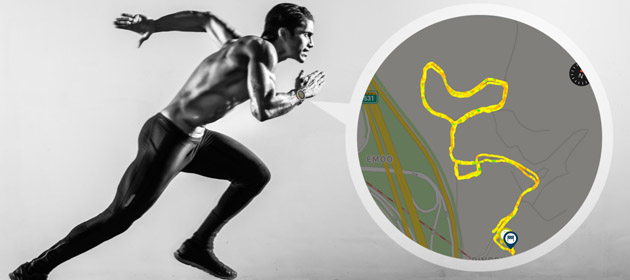- Home
-
Products
- Blood Sugar Monitor Smart Watch with Amoled
- 4G Smart Health Watch for Seniors with Sim Card Slot
- Smart Phone Watch with Call
- Smart Watch with ECG
- Bluetooth Calling Smart Android Phone Watch
- Heart Rate Monitor Watch
- J2166 Smart AMOLED Spo2 Watch
- Smart Watch with Blood Pressure and Oxygen
- ECG Smartwatch
- ECG Smart Watch with Amoled Display
-
Solutions
-
Services
-
About Us
- NEWS
- Contact Us
